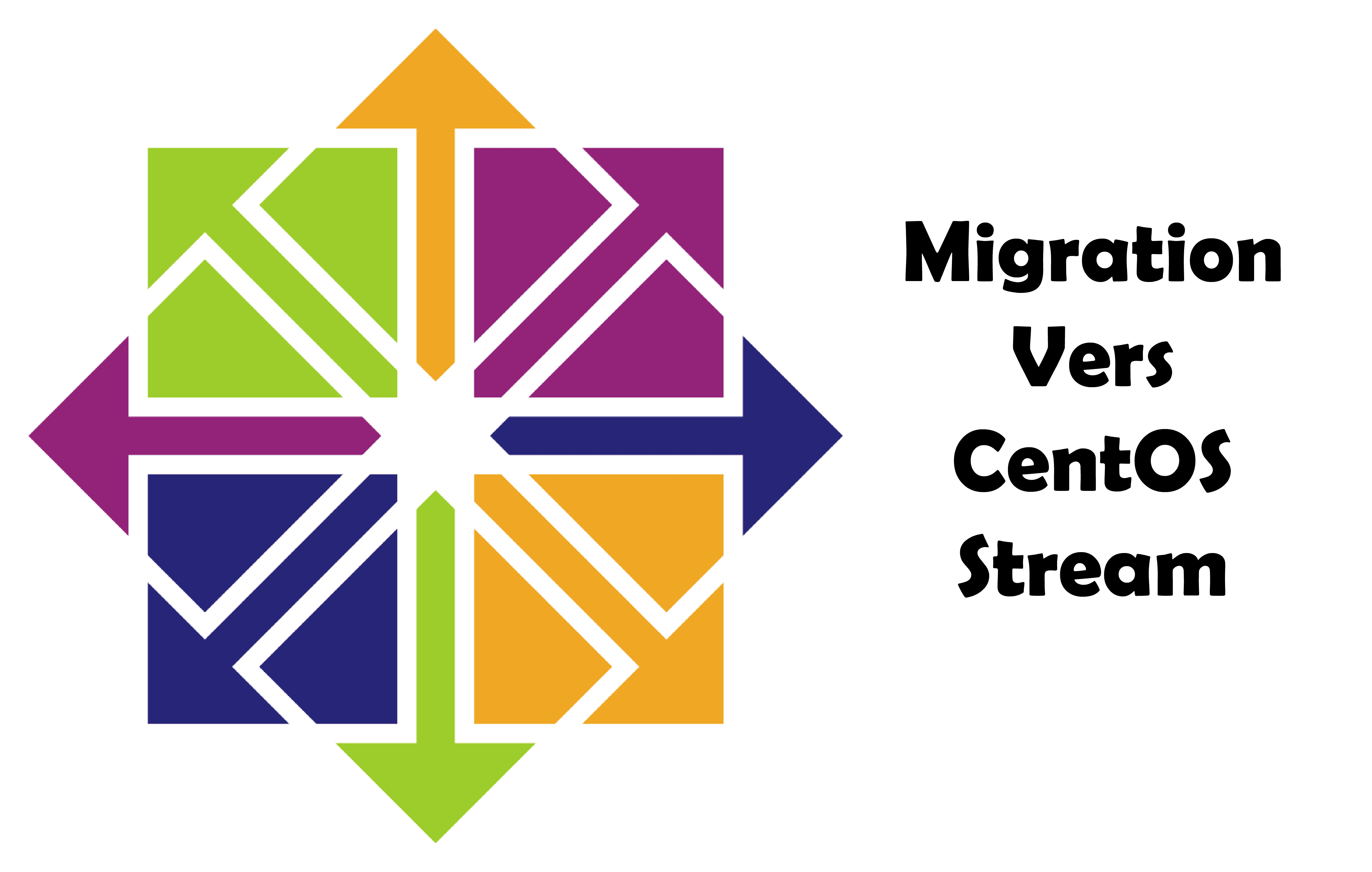OpenShift is a cloud computing platform as a service (PaaS) developed by Red Hat. It is an open-source platform that provides users with a more flexible and scalable way to develop, host, and manage their applications.
Features and benefits of Red Hat OpenShift :
OpenShift offers a number of benefits over traditional PaaS solutions, for one, it is built on top of Kubernetes, the industry-standard container orchestration system, this means that applications deployed on OpenShift can easily be scaled and managed, making it a great option for organizations with rapidly changing workloads.
Another key advantage of OpenShift is its support for a wide range of programming languages and frameworks. This allows developers to choose the tools that best fit their needs, rather than being limited to a specific set of technologies.
One of the most unique features of OpenShift is its emphasis on continuous integration and delivery (CI/CD). This means that developers can easily build, test, and deploy their applications in a secure and efficient manner. This can help organizations reduce the time and resources required to get their applications up and running, while also ensuring that they are always running the latest version of their software.
OpenShift also offers a number of other benefits, including:
- A comprehensive set of tools for managing and monitoring applications, including logging, metrics, and alerts
- Integration with popular cloud services like Amazon Web Services (AWS) and Microsoft Azure
- A user-friendly web-based interface for managing applications and resources
- Support for popular development tools like Jenkins, Eclipse, and Git
OpenShift Types :
- OpenShift Online: This is a cloud-based, hosted version of OpenShift that is managed by Red Hat. It is the easiest way to get started with OpenShift and is ideal for testing and experimentation.
- OpenShift Dedicated: This is a fully managed, cloud-based version of OpenShift that is run and supported by Red Hat. It is ideal for organizations that want the benefits of OpenShift without the overhead of managing their own infrastructure.
- OpenShift Container Platform: This is the on-premises version of OpenShift that can be installed and run on your own infrastructure. It offers the most control and flexibility, but also requires the most resources and expertise to manage.
- OpenShift Origin: This is the upstream open-source project that powers OpenShift. It is primarily used by developers and other contributors to the OpenShift project.








Empêcher les utilisateurs sudoers d’exécuter des cmds sudo
nmtui : Configurer une adresse IP sous Linux
Configurer le bonding réseau avec nmcli sous Linux
Comment installer Nginx on Rocky Linux 9
Fail2Ban : How to protect Linux services